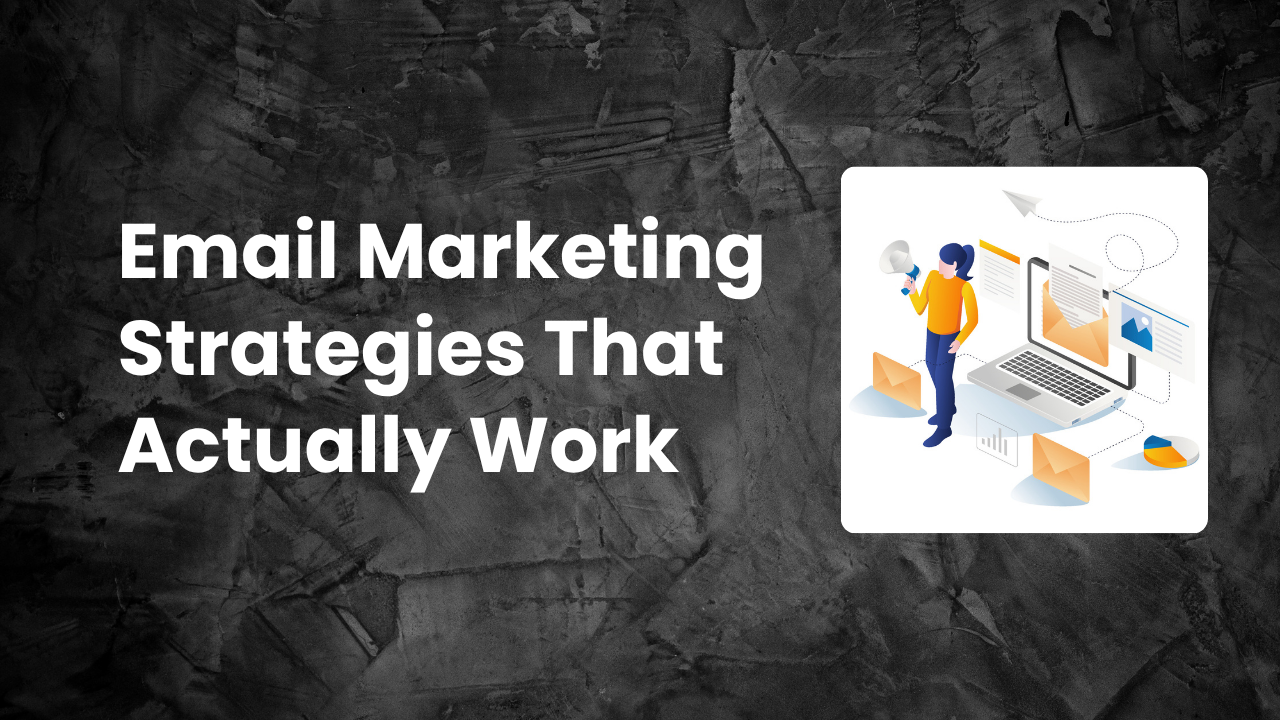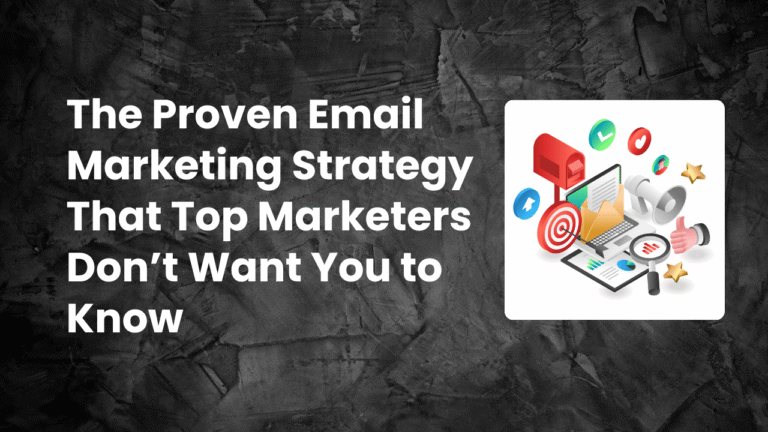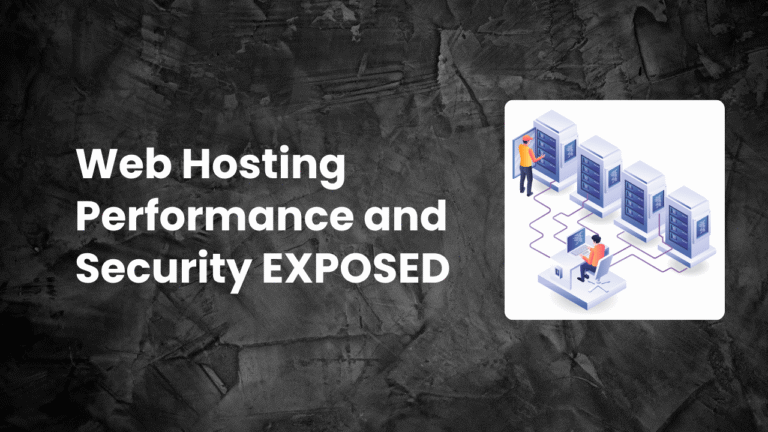Email marketing remains one of the most powerful and cost-effective tools in digital marketing today. While new trends like social media, influencer marketing, and SMS campaigns rise and fall in popularity, email has stood the test of time. Why? Because it’s personal, scalable, measurable, and drives results when done right.
Let’s start with the data. As of 2025, there are 4.6 billion active email users globally. That number is expected to climb to 4.8 billion by 2027 (Statista). And when it comes to ROI, email marketing outperforms almost every channel—$36 for every $1 spent according to a study by Litmus (Litmus).
But here’s the catch: just sending emails isn’t enough. If your emails aren’t relevant, timely, and well-structured, they’ll go straight to spam—or worse, be ignored entirely. Your subscribers have more choices than ever before, and a single bad email can break the trust you’ve worked so hard to build.
This in-depth guide will walk you through every aspect of successful email marketing. From building your list and choosing the right tools, to writing better copy, automating workflows, and improving deliverability—this is your complete roadmap to email success in 2025 and beyond.
What Is Email Marketing and Why Is It Important?
At its core, email marketing is the process of sending emails to a group of people—customers, subscribers, or leads—with the intent to inform, engage, or convert them. These emails might promote a product, deliver valuable content, confirm a purchase, remind users of a cart they abandoned, or simply say “thanks.”
But email marketing is more than just sending newsletters. It’s a relationship-building channel. It allows you to stay in touch with your audience in a space that feels personal: their inbox.
Unlike social media, where your message competes with hundreds of others in a fast-scrolling feed, emails get undivided attention. And unlike paid ads, emails can be sent again and again—at little to no cost—once you’ve built your list.
In a world where businesses fight for every second of consumer attention, email gives you direct, permission-based access to your audience.
Building an Email List That Actually Converts
Your email list is the foundation of everything. But not just any list—a quality list of people who actually want to hear from you.
Start by creating a lead magnet—a valuable freebie in exchange for a visitor’s email address. This could be:
- A downloadable PDF or cheat sheet
- An exclusive video or training
- A discount or coupon code
- A free trial or demo
- An email course or challenge
The more specific your lead magnet is to your audience’s problems, the better it will convert. For example, a general “Subscribe to our newsletter” gets far fewer signups than “Get the 10-Point Checklist to Double Your E-commerce Sales.”
Use opt-in forms throughout your site—on your homepage, blog posts, pop-ups, and exit-intent overlays. Make the process frictionless: ask for as little information as possible (name and email is usually enough), and deliver your lead magnet instantly.
Avoid buying email lists. Not only is it illegal in some regions (thanks to laws like GDPR and CAN-SPAM), it also tanks your deliverability and engagement.
Focus on earning your subscribers—it’s the only sustainable way to grow.
Choosing the Right Email Marketing Platform
Once you’ve started building a list, you’ll need an Email Service Provider (ESP) to manage it. Your ESP is where you’ll send campaigns, create automation, and track your performance.
Popular email marketing platforms include:
- ConvertKit – Ideal for creators and bloggers
- ActiveCampaign – Best for advanced automation and CRM integration
- Mailchimp – Beginner-friendly with a free plan
- MailerLite – Affordable and intuitive
- Klaviyo – Tailored for eCommerce
Your choice depends on your business model and technical skills. Most offer drag-and-drop editors, automation features, templates, tagging, and detailed analytics.
Pro tip: Choose a tool that scales with your needs. It’s much easier to grow with one platform than switch later.
Writing Emails People Actually Want to Read
Let’s face it—inboxes are crowded. To stand out, your emails must be clear, engaging, and easy to read. Every email should aim to either educate, entertain, or convert.
Start With a Great Subject Line
Your subject line determines whether your email is opened or ignored. It’s your first impression. Make it short, intriguing, and benefit-driven.
Examples:
- “You forgot something…”
- “7 ways to get more traffic (without paid ads)”
- “Your free download is inside!”
Use personalization if your ESP supports it. Emails with personalized subject lines see a 26% higher open rate (Campaign Monitor).
Keep the Copy Conversational
Write like you’re talking to one person. Use short sentences and avoid corporate jargon. Break your content into small chunks. Use bullet points when necessary. Bold key points. Add spacing.
Email is not the place for formal reports—it’s a conversation.
Always Have a Clear CTA
What do you want the reader to do? Click a link? Download something? Buy now? Reply?
Make your call-to-action (CTA) obvious and easy to follow. Use buttons or bold links, and place your CTA above the fold for visibility.
Email Types You Should Be Sending
Different emails serve different purposes. To get the most from your list, you need a variety of email types.
1. Welcome Emails
When someone joins your list, they expect a greeting. Send a warm welcome, introduce your brand, and deliver any promised content. This is your chance to make a great first impression.
2. Nurture Sequences
These automated series help build trust and position you as the go-to solution. Share helpful tips, tell your story, and softly introduce your offer.
3. Newsletters
Keep your audience engaged with weekly or biweekly updates. Share blog posts, customer success stories, behind-the-scenes content, or curated industry news.
4. Promotional Emails
Announce new products, limited-time discounts, flash sales, or events. Keep them exciting, time-sensitive, and relevant.
5. Re-engagement Emails
If someone hasn’t opened your emails in 90+ days, send a re-engagement message. Ask if they still want to hear from you. Offer something new. Clean up your list if they remain inactive.
Email Automation: Set It and Scale It
One of the biggest advantages of email marketing is automation. You can create sequences that work 24/7, nurturing leads and converting them into customers—without you lifting a finger.
Essential automations include:
- Welcome Series: Introduce your brand and build rapport.
- Cart Abandonment: Remind users what they left behind (eCommerce).
- Lead Nurture Sequences: Educate and build trust over a few days or weeks.
- Post-Purchase Sequences: Confirm the order, upsell, ask for reviews.
- Reactivation Sequences: Win back dormant subscribers.
Most ESPs allow if/then logic, so you can send specific messages based on user behavior. For example, “If clicked link A, send Email B,” or “If hasn’t opened in 30 days, send re-engagement message.”
This level of personalization increases relevance—and revenue.
Segmenting Your List for Better Results
Not all subscribers are the same. Some are ready to buy. Some just joined. Others are in different industries or locations.
Segmentation allows you to divide your list into smaller groups based on shared characteristics:
- Sign-up source
- Interests (based on clicks)
- Purchase history
- Behavior (opens, clicks, engagement)
- Demographics
Segmented email campaigns have been shown to achieve open rates 14.3% higher and click-through rates 100.95% higher than non-segmented campaigns (Mailchimp).
Use tags, custom fields, and filters to keep your list organized. The better your targeting, the better your results.
Analyzing and Optimizing Your Email Campaigns
You can’t improve what you don’t measure. Always review your performance after sending campaigns.
Key metrics include:
- Open Rate: How many people opened your email.
- Click-Through Rate (CTR): How many clicked your link.
- Conversion Rate: How many completed your desired action.
- Unsubscribe Rate: Keep this under 0.5%.
- Bounce Rate: High bounce rates affect your sender reputation.
Test one variable at a time (A/B testing): subject line, send time, CTA button color, or content format. Over time, small improvements add up to major wins.
Also, pay attention to deliverability—make sure your emails are reaching inboxes, not spam folders.
Tips to improve deliverability:
- Authenticate your domain (SPF, DKIM)
- Avoid spam trigger words (free, urgent, cash, etc.)
- Clean your list regularly
- Ask subscribers to whitelist your email address
Email Marketing Compliance and Privacy
As powerful as email marketing is, it comes with responsibility. You must follow privacy laws to protect your subscribers and your brand.
Here’s what to remember:
- Always get permission (use opt-in forms).
- Include an unsubscribe link in every email.
- Honor unsubscribe requests promptly.
- Don’t buy email lists.
- Follow GDPR, CAN-SPAM, and other local laws depending on where you and your audience are based.
Ethical marketing isn’t just the law—it builds long-term trust and loyalty.
Common Email Marketing Mistakes to Avoid
Even experienced marketers make these missteps. Here’s what to watch out for:
- Sending too often—or not enough
- Ignoring mobile optimization (over 60% read emails on phones)
- Writing subject lines that mislead
- Using a “no-reply” sender address
- Overloading emails with too many CTAs
- Not segmenting your list
- Forgetting to test or analyze campaigns
Remember: email marketing isn’t about perfection. It’s about relevance, consistency, and connection.
Conclusion: The Future of Email Marketing Is Personal, Predictive, and Powerful
Email marketing is far from dead—in fact, it’s more alive than ever. In a digital landscape filled with fleeting trends and algorithm changes, email gives you stable, scalable access to your audience.
Whether you’re just starting or scaling a 7-figure brand, email allows you to build trust, nurture relationships, and turn clicks into customers.
The keys to success? Grow your list with value. Respect your audience. Segment wisely. Automate what you can. Test everything. And always focus on the reader—not the sale.
Your subscribers are real people. Treat them like VIPs, and they’ll reward you with attention, loyalty, and revenue.





